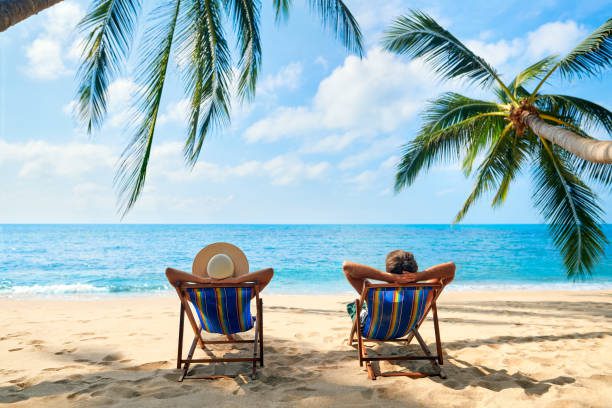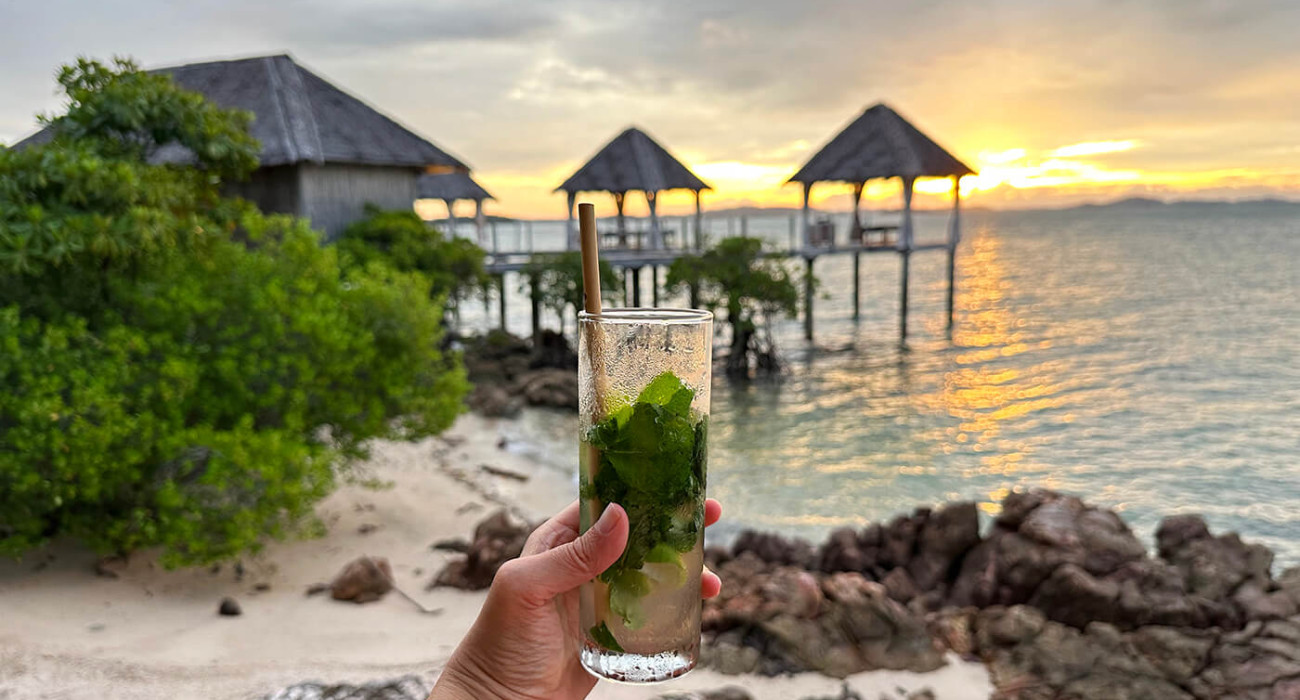We’ve all had the odd experience: a weekend getaway seems to drag on, while a two-week vacation flies by in the blink of an eye. That odd mismatch between expectation and experience is at the heart of what I’ll call the gratification gap — the psychological tension that causes short trips to sometimes feel longer than extended vacations. In this deep dive, we’ll explore why that happens, what research says, and how you can use this knowledge to plan travel that feels richer, not just longer.
What Is the Gratification Gap?
The gratification gap refers to a mismatch between how long a trip should feel (based on its actual duration) and how long it feels in your mind. In many cases, short trips—weekend escapes, long weekends, mini-vacations—end up feeling more drawn-out or even tedious relative to their actual days, while longer vacations often compress in memory, leaving us feeling like time passed too fast.
Why does this happen? It’s not just about the calendar. It’s about how your brain encodes, anticipates, and then remembers experiences. Below are seven psychological and experiential factors that drive this phenomenon.
1. Anticipation and Expectation Distort Time
One of the strongest drivers of the gratification gap is anticipation. When you’re about to embark on a trip, your mind is full of expectations—of relaxation, escape, novelty. That heightened arousal slows your perception of time.

Gratification gap: Psychologists studying the “return trip effect” found that outbound journeys often feel longer than the return, partly because we anticipate arrival. Psychology Today+1 The same mechanism applies to short trips: you have high expectations, every moment feels loaded, and time seems to stretch.
Also, when your expectations are violated (meaning the trip out seems longer than expected), your brain adjusts, making the return—or the later part—feel shorter. everydaypsych.com+2PMC+2 In a short trip, there’s less “settling in” time, so those distortions dominate the experience.
How to use this: Before your trip, calibrate your expectations. Recognize that novelty will slow time. Choose a relaxed pace for the first day to settle in rather than rushing.
2. Novelty Fatigue / Overload

Gratification gap: Novelty is a blessing and a curse. On a long vacation, you may alternate novelty with rest, giving your brain breathing room. But in short trips, there’s pressure to cram in as much as possible, sacrificing down time. That overload can cause time to feel sluggish.
When every hour is “go, go, go,” your brain struggles to keep up. Ironically, experiences with too much stimulation feel longer in the moment, because your attention is taxed.
Tip: In mini-trips, intersperse novelty with quieter segments—coffee shops, walks, scenic pauses—to ease the cognitive load.
3. Peak–End Rule and Memory Encoding

Gratification gap: How we remember vacations often depends less on every minute and more on the peaks and how the trip ends. This is the peak–end rule: people judge an experience largely by its most intense moment and its ending, rather than by the sum of all moments. Wikipedia
On a long trip you have more chances to hit a “peak” (a breathtaking view, a blissful moment), and the ending can be designed to leave a strong positive impression (a sunset dinner, a final stroll). But on a short trip, there’s less flexibility. If your peak and ending are weak, the whole trip may feel flatter—and thus longer, because fewer “highlights” anchor your memory.
Advice: Aim for one or two standout moments and end the trip on an uplifting note—even in a weekend escape.
4. Diminishing Adaptation and Habituation

Gratification gap: When a stimulus persists (like a beautiful beach, relaxing scenery, or novel city), we adapt. Over time, the newness fades. During a longer vacation, adaptation kicks in—we grow accustomed to the surroundings, and the “wow” factor tapers. That compression helps the days feel shorter in hindsight.
But on a short trip, adaptation hasn’t fully set in. You’re still in “first-exposure” mode. The mental novelty is constant, stretching subjective time.
Takeaway: Introduce micro-rhythms or micro-changes inside your trip (switch locations, change tempos) to manage adaptation and break the monotony.
5. Limited Buffer Time and Transition Overhead

Every trip has overhead: travel days, packing, transit, adjustment. In a long trip, those buffer periods are diluted across many days. In a short trip, they loom large.
Gratification gap: If you take a 3-day escape, one day might be consumed by travel (getting there, settling in, orientation). As a result, only a fraction of your trip feels like “real vacation.” That proportion is larger in short trips, making the “usable” time smaller—and thus the subjective sense that the trip is stretched.
Strategy: Choose destinations with minimal transit time or cluster logistics tightly so transition overhead is minimized.
6. Emotional Return Contrast

Gratification gap: Psychologically, return from a trip is often tinged with contrast: you’re excited to go somewhere new, but returning home reminds you of daily stress, chores, obligations. That contrast accentuates how “long” the short trip felt because the return feel is sharper.
On longer vacations, the contrast may soften—or you may mentally shift while on vacation, creating new perspectives that buffer the return shock.
What to do: Plan buffer time before returning (a relaxing last day, low-key departure) to ease the mental whiplash and reduce the contrast.
7. Fading Effect and the “Post-Vacation Hangover”

Research on vacations shows that the boost in well-being fades relatively quickly after returning home. evidencebasedliving.human.cornell.edu+2ResearchGate+2 Meanwhile, the act of planning the vacation sometimes yields a mood lift that extends beyond the trip itself. evidencebasedliving.human.cornell.edu
Gratification gap: In short trips, the recovery period (adjusting back to routine) may dominate how we feel the trip in memory. Because the positive residual fades quickly, the trip may feel more laborious in retrospect.
Pro tip: Journal, savor memories, or ritualize a post-trip “afterglow” (photo reviews, mementos) to stretch the positive mood.
Practical Tips to Narrow the Gratification Gap
To make your short trips feel more expansive (and avoid the “feeling longer than it really is” trap), here are concrete strategies:
| Strategy | Why It Helps |
|---|---|
| Plan fewer stops, deeper engagement | Less switching means more absorption, reducing cognitive load |
| Focus on micro-peaks | Even small highlights (sunrise, special meal) create memory anchors |
| Ease in and ease out | Use your arrival and departure days lightly to avoid transition overload |
| Alternate pace | Mix active exploration with rest so novelty doesn’t burn out |
| Capture memories | Photos, journaling, or voice notes help prolong the positive residue |
| Set realistic expectations | Accept that short trips will emphasize anticipation and novelty |
| Add a buffer upon return | Give yourself a mental landing space so contrast doesn’t dominate |
Final Thoughts
The gratification gap is not a flaw in your travel—it’s a feature of how human cognition handles time, expectation, novelty, and memory. Short trips compress and intensify those effects; long vacations allow adaptation to settle, contrast to blur, and memories to distill.
By understanding the psychological mechanisms—anticipation, the return trip effect, novelty overload, the peak–end rule, transition overhead—you can design trips (even brief ones) that feel both meaningful and spacious.
So the next time you’re booking a weekend escape or mini-vacation, think in terms of quality over quantity. With intentional pacing, well-placed highlights, and gentle transitions, you can close the gratification gap—making short trips feel rich, expansive, and deeply satisfying.
